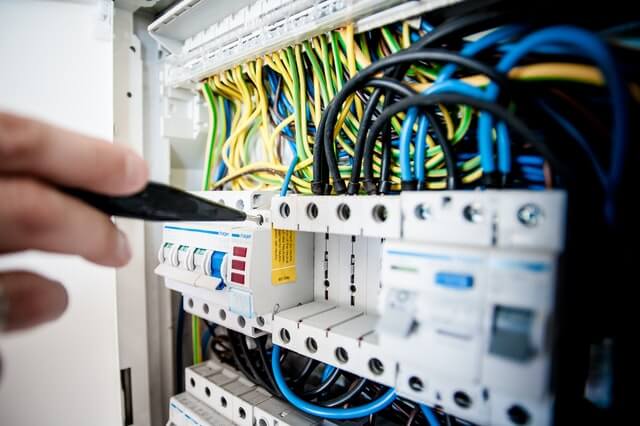Complete Cable Guide: Everything You Need to Know

Cables are electrical appliances used to connect devices such as computers, laptop computers, and smartphones. There are two main types of cable: coaxial cable and fiber optic. Cables are typically connected to computers and other devices that use a modem or telephone line and other home appliances.
You can use a coaxial cable to connect a computer to a TV or radio set. Fiber optic cable, on the other hand, can connect a computer to a smartphone or other video devices.
What Makes a Good Cable?
There are many good ideas for what to use as a cable, but the most common types are fiber-a-th Bliss and modem-internet. Fiber-a-th Bliss is the device’s brand name and comes in many different models.
Like their internet counterparts, they can transmit data at various speeds, from 10 megabits per second to 100 gigabytes per month.
They usually have a lot of internal storage, making them very portable and light. You can also use Fibre-a-th Bliss devices to connect meeting rooms, sound systems, and other large, communicative areas.
Also Read: How to Save Money on Your Cable Bills?
Uses for A Cable
Fiber networks – Fibre cabling provides neighborhoods and localities with reliable wired/wireless data connections, allowing people to stay connected to the internet at all times.
Data centres – Cabling can be used within the infrastructure of a network data centre, which further enables the provision of smooth and efficient network services.
Cables are essential for connecting computers, laptops, and smartphones to the internet. They allow you to share data, log onto sites, and more. Without a working cable, your computer could not communicate with other devices.
Here are some uses for standard, unadorned coaxial cabling:
- Computer networking – connecting computers and devices that use a modem or telephone line to the internet.
- Computer network management – maintaining a separate computer network that hosts computers, printers, and other devices.
- Telemedicine – interconnecting health facilities and other medical facilities with telemedicine.
The Difference between HDMI and VGA Cables
Both HDMI and VGA cables operate at the data rate. They can send or receive data at the same rate your computer or other devices (such as a monitor) can process. But there are key differences between the two that affect the setup and operation of your computer.
First, a VGA cable is produced for civilian use, while an HDMI cable is for commercial use. A VGA cable is connected to a monitor intended for business use and an HDMI cable is designed for use with a home theater system meant for presentations or movie watching.
Next, a VGA cable is a dual-function cable, while an HDMI cable is a single-function cable.
You can only use a single-function HDMI cable to connect a computer to a monitor and it won’t work with another device. On the other hand, a VGA cable can be used with various devices, such as a laptop, projector, Blu-ray player, and TV.
Why Is a computer Cable Important?
Depending on your cable, you may have to clean your computer’s network card, set up a network connection, or perform other tasks. A d-sub cable connects your computer to other devices, like printers or scanners.
Cables are also essential for performing basic tasks like copying or printing files. Some types of computer software have built-in programs that can copy or print documents or even web pages.
How to Acquire a Computer Cable?
There are many different cable retailers around and it’s easy to buy the wrong cable from one if you are not well informed.
Be sure to shop around to as many different vendors as possible to indicate what you’re getting.
In addition, you can also shop online, as most computer part stores will sell you a variety of different types of computer cables.
There are many different types of computer cables, but three are most commonly used—HDMI, VGA, and parallel or BNC.
Also Read: Shipping Solutions for Office Staff Products
Buying the Right Cables for Your System
While investing in the most expensive cables might be easiest, an alternative approach might be to save money by shopping around for less expensive cables than the largest varieties.
Take into account the total length of your system (including components and cables), as well as the bandwidth requirements of your system. Also, decide what type of connection you’ll be using.
A cable is an essential part of any electrical system. Depending on the situation, it serves a variety of functions. For example, electrical cables provide electricity to electronic and electrical systems, whereas telecommunication cables, such as coaxial, twisted pair, and fiber optic, carry data and voice communications.






